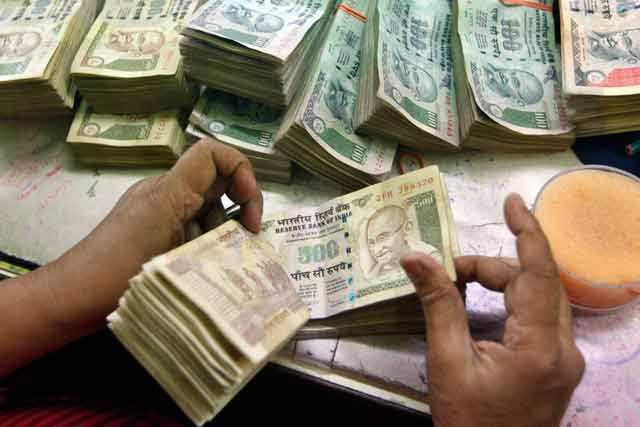The thought at the Reserve Bank of India (RBI) to lower the limit for banks to lend to companies in the same group from the present 40 percent to 25 percent of their capital funds would do well to contain the concentration risk of individual banks to a single group, but the rule would make small and medium-sized banks incompetent in the corporate loan market.
In its annual report released on Thursday, the central bank said it proposes to review the group exposure norms for banks to align with the revised Basel committee standards. Group lending refers to advance extended to a business group.
If the RBI indeed goes ahead with the plan, the revised limit will not make much difference for larger banks since these lenders do have sufficient net worth to avail sufficient headroom to give large loans to corporations, but this can severely impact the ability of small and medium sized banks to participate in the corporate loan market, since they have lower capital base.
A FirstBiz analysis of the net worth (which included the reserves and capital) of banks and the group limits that will come to effect for each bank when the new RBI rule sets in revealed that most of the smaller banks will have very limited headroom to participate in the high-value loan market for corporate.
For instance, under the new rules, Punjab and Sind Bank, can lend up to a maximum of Rs 995 crore to a single group, while for DCB, the limit will be set at Rs 275 crore. Similarly, for Lakshmi Vilas Bank and Dhanlaxmi Bank the new limits will be Rs 234 crore and Rs 184 crore, respectively.
Going by the size of these banks, these numbers aren’t that small, but in the competitive corporate loan market, they may find it tough to stay relevant unless they manage to improve their capital base substantially, in which case, they will have more leeway.
On the other hand, larger banks will not have much impact due to the lowered limits. State Bank of India (SBI), the country’s largest lender by assets, would have group exposure limit of Rs 29,571 crore, while its nearest competitor ICICI Bank will have a headroom of Rs 18,303 crore.
HDFC Bank and Axis Bank will have group lending limits of Rs 10, 870 crore and Rs 9,555 crore, respectively.
This is also no good news for fund-starved corporations since there will be fewer lenders in the market which have the ability to offer large loans of say, Rs 10,00 crore and above.
Already, there has been a decline in the pace of loan growth to companies in the recent years on account of economic slowdown and recurring investigations into the alleged wrong doings of bankers. Bank lending still constitutes a major part of the funding of resources for most corporations.
“This (RBI’s plan to lower group lending limit), if becomes a rule, can have an impact on corporate lending. Anyway, there is not much corporate lending happening,” said a senior banker with a public sector bank requesting anonymity. Analysts too said smaller banks will be hit by the lower limit.
But the central bank, concerned about the high bad loans in the industry, is likely to go ahead with the proposal.
Total bad loans of 40-listed Indian banks rose to Rs 2.5 lakh crore as of end June. Among the banks with high level of gross non-performing assets (NPAs) are United Bank of India (10.49 percent), Dhanlaxmi Bank (7.17 percent), Central Bank of India (6.15 percent), Andhra Bank (5.98 percent) and Indian Overseas Bank (5.84 percent).
Besides the bad loans, a huge chunk of loans are being restructured, which is estimated to be between Rs 5 lakh crore to Rs 6 lakh crore. A sizeable chunk of such loans could turn bad too in the absence of significant economic revival. In the last two fiscal years, the Indian economy grew below 5 percent.
The RBI expects the economic growth to be 5.5 percent in the current fiscal.
(Kishor Kadam contributed to this story)


)
)
)
)
)
)
)
)
)



